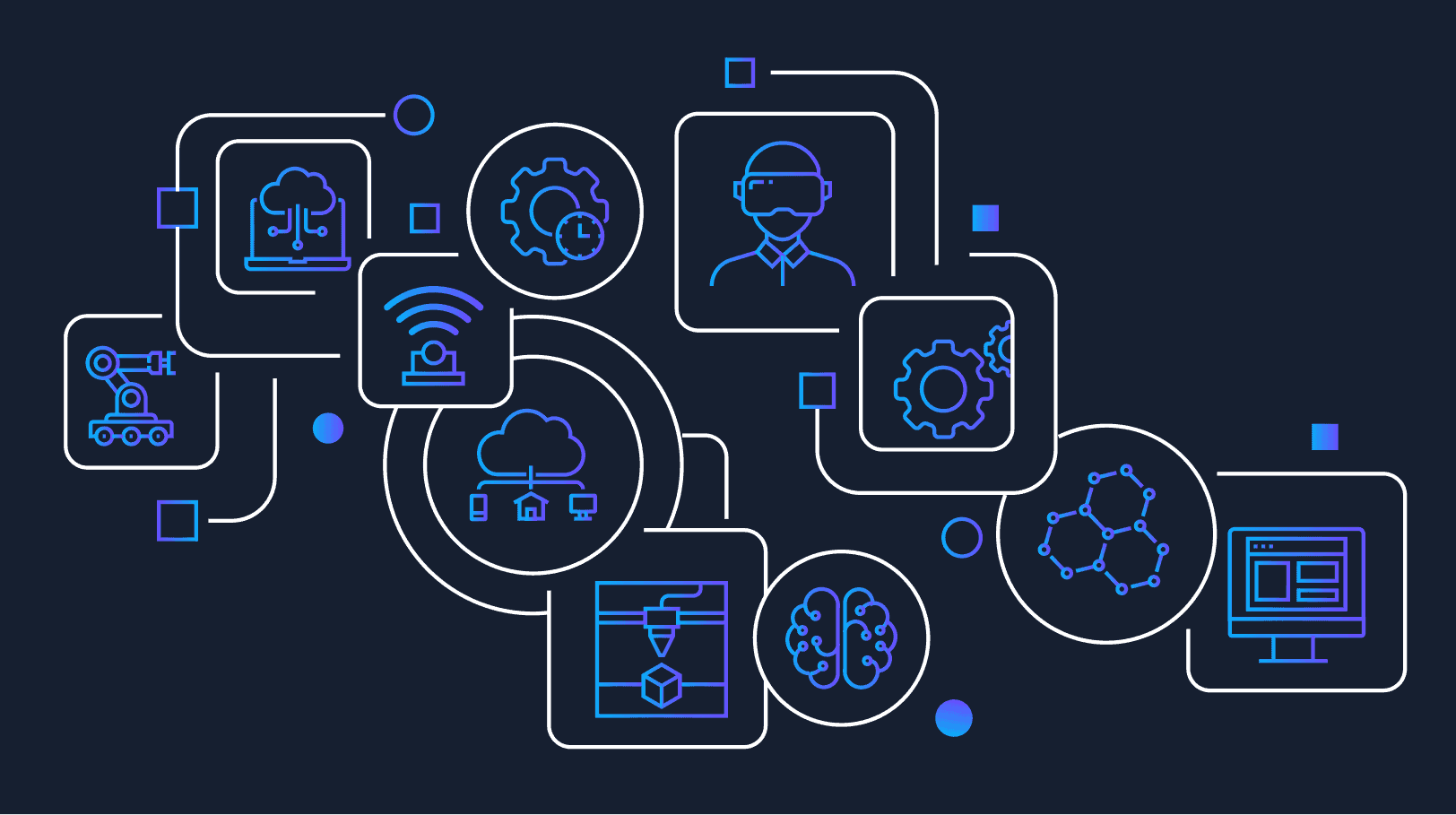3 Digital Customer Experiences You Need to Have and 3 to Watch for

Digital customer experiences—and customer expectations—catapulted forward in virtually every sector in 2020.
Now, we’re in the middle of a customer experience revolution. From apps to assistive technologies, evolving trends show that digital transformation is driving the customer experience, and vice versa.
Customers today expect endless choices and shareable experiences. In fact, as Global Newswire notes, 73 percent of millennials believe that online consumer experiences are now more important than in-person experiences. That means businesses need to create online experiences that everyone wants to talk about. After all, word of mouth—or text—is still the best marketing that money can’t buy.
Let’s take a look at the customer expectations impacting businesses today and the customer experience trends on the horizon.

3 digital trends consumers expect today
When it comes to digital customer experiences, the following three trends stand out the most.
1. Telemedicine
In its early days, telemedicine was used primarily to connect doctors working with patients to specialists based elsewhere, which was especially beneficial for rural populations. However, the equipment needed to conduct virtual visits remained expensive and complex for several decades until COVID-19 increased the demand for contactless appointments. That’s when we saw the rise of apps such as Doctor on Demand, TalkSpace, and Live Health.
With telemedicine apps, doctor visits have never been easier, and you can connect with a licensed professional 24/7. And it gets even better—some apps, such as Doctor on Demand, are often 100 percent covered by your health plan or employer-provided insurance. So, not only does “going to the doctor” mean you no longer have to “go” to the doctor, but you also don’t have to pay the hefty price that often accompanies an in-person office visit.
2. Augmented reality by design
From video gamers to homeowners, consumers are loving the capabilities of augmented reality (AR). The goal of this futuristic technology is to deliver immersive, compelling experiences that seamlessly blend virtual objects with the real world. The IKEA Place app, for example, allows you to design entire rooms digitally before making any furniture purchases.
Investing in aesthetics, whether for yourself or for your home, can be expensive. It’s no wonder that consumers are clamoring for more of the “try before you buy” model—and industry ears are listening. From tattoos to hairstyles to furniture, AR can help consumers make informed decisions about potential purchases before making a major commitment.
3. Conversational user interface
Alexa, what’s the weather today? Alexa is a voice-controlled audio assistant programmed to act as a conversational user interface (CUI). CUIs give humans and computers the ability to talk to each other, which is not necessarily a new concept, but recent advances in natural language processing (NLP) have made the technology much more applicable for businesses today.
There are other conversational computers we interact with in our daily lives as well, such as Siri, talk-to-text, and those little chatbots that pop up in the bottom corners of our screens.
As consumers of today, we want everything at our fingertips, and we want experiences to be easy and seamless. The burning question is, what will the consumers of tomorrow expect?
3 digital trends positioned to revolutionize the customer experience
As consumers expectations evolve, businesses will need to pay attention to the following digital trends, which will likely inform the buying habits and preferences of tomorrow’s consumers.
1. Functional augmented reality
It’s true that augmented reality can be fun and fascinating, but people want more from this technology—they want function. With AR potentially moving away from our handheld devices and onto wearables such as “smart glasses,” what started as fun and games could have a transformative impact on the lives of people who are vision-impaired or blind. Mapping software, cameras, and other assistive technology could alert people to traffic signs and barriers by audibly monitoring their surroundings, potentially helping more people live with greater independence.
Similarly, holograms have dazzled us since their first reference in the 1950s and their later popularization by the Star Wars franchise. Over the next couple of years, we may finally see this technology, which uses 3D light to render realistic images, become more integrated with communications in ways that were once limited to science fiction.
2. Unified UI/UX
People continually demand a better digital customer experience, and everyone knows that consistency is key. A unified UX/UI is a framework that ensures all visual elements and interactions are consistent and user-friendly across an interface. In order for a UX/UI designer to implement best practices for a seamless user experience, it’s imperative that they know the native application.
Native mobile apps are faster, more secure, and more customizable than apps that run in browsers. Compared to mobile-friendly or hybrid apps, native apps are optimized for the specific operating system the user is interacting with, making for a superior experience.
3. Low-code platforms
Low-code application platforms (LCAPs) are all about using patterns of abstraction and automation to create next-level software that offers the ultimate user experience. For businesses, LCAPs drive efficiency through digitizing and automating manual and paper processes. For consumers, LCAPs can offer improved agility and an overall better user experience.
Gartner predicts that the low-code technology market will grow 23 percent globally in 2021. Given the accessible nature of this technology, businesses that invest in low-code platforms will no longer need to hire teams of developers to produce streamlined and accessible apps for internal and customer use, which makes low-code an extremely cost-efficient solution.
Digital transformation is driving customer experiences, and customer expectations are driving digital transformation. In addition to thinking about what customers expect today, business owners must also anticipate future customer preferences. By looking ahead, developers and business leaders can start building user experiences that will continue to satisfy customers once these projected trends and technologies take greater shape. Businesses, be ready. The customer experience revolution isn’t slowing down.
Connect with Mendix to upgrade your customers’ experiences.
